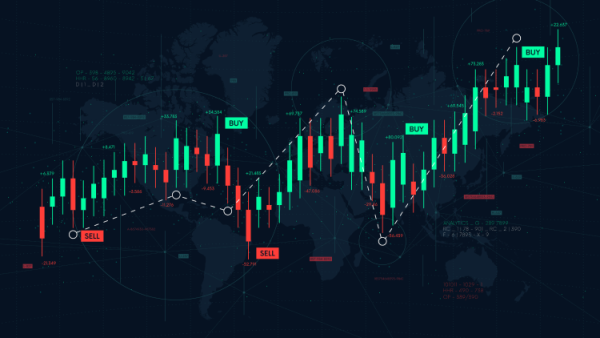NEW DELHI: Futures trading refers to the practice of buying and selling contracts for purchasing commodities or financial assets at a predetermined price in the future.
Using a futures trading app helps with access and convenience, thus enabling trade orders to be executed with speed from wherever they are.
This article will guide you through the do’s and don’ts of using trading apps for futures trading so that you can confidently trade in this ever-changing market.
Dos in Trading App While Trading in Futures
Here are some things to do when using a trading app for futures trading
1. Use Real-time Market Data
Futures trading is replete with real-time market data which updates changes in prices and trends. You can, therefore, apply these to make prompt choices, react to market movements fast, and identify potential trade chances.
It is simply a live picture of what the market is doing. The key to being on top of things is keeping updated.
2. Precise Trade Execution
Trade execution is the act of placing either buy or sell orders. In this case, mobile trading apps have made it easier for traders to do a trade with just a tap and be able to respond fast to any change in market conditions.
The focus here is on making transactions smooth and effective so that you can promptly implement your trading ideas.
3. Account Management
One of the things that is involved in futures trading account management is watching over the balances, and margins as well as monitoring portfolio performance.
All these make it easy for traders to assess their financial situations, manage risks, and determine what they will do.
Mobile trading applications have made this procedure easier by providing a complete summary of your trading happenings at any point in time.
Don’ts in Trading App While Trading in Futures
When trading futures on mobile trading apps, there are several mistakes you should avoid:
1. Emotional Trading
Emotional trading is when a person buys and sells based on emotions rather than facts. This can lead to such illogical decisions as not closing an already losing position in the hope that it will turn around or selling out of fear before earning enough.
For this reason, it is crucial to stay objective and adhere to your trade plan.
2. Overtrading
selling at exaggeratedly high speed in an effort to generate immediate profits from the market. It can result in increased transaction expenses and exposure to risk.
Patience, avoiding sudden decisions, and waiting for the right trading opportunities are crucial if you’re following your own strategy.
3. Neglecting Stop-Loss Orders
Stop-loss orders are made to limit an investor’s loss on a position in a security.
Neglecting to use them can expose traders to significant risks, as they might hold onto losing positions in the hope of recovery, leading to potentially large losses. It’s a crucial risk management tool in futures trading.
Conclusion
Remember to stick to the helpful tips we’ve discussed. By doing what works and avoiding what doesn’t, you can trade futures more confidently.
Keep learning, stay cautious, and manage your risks wisely!






